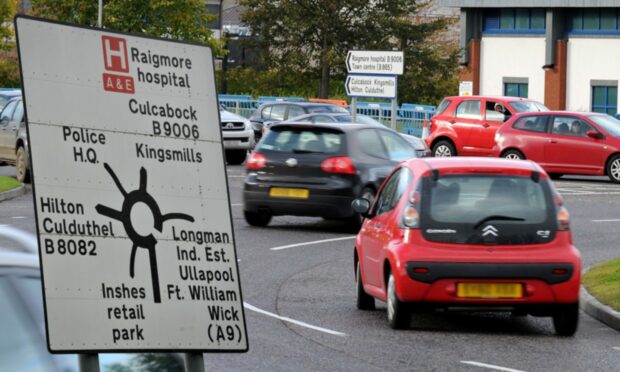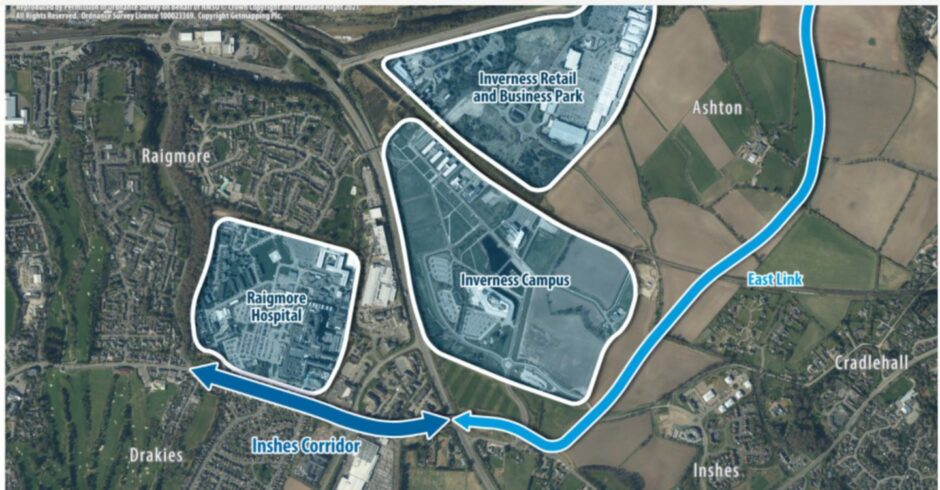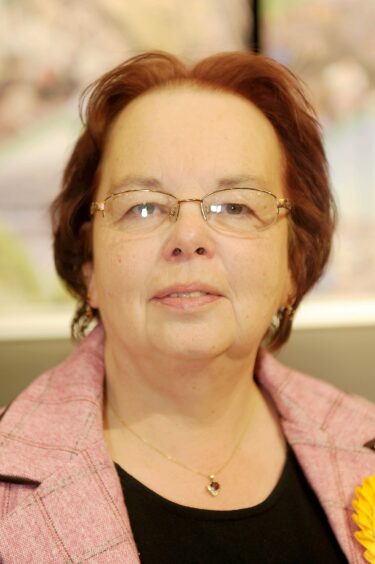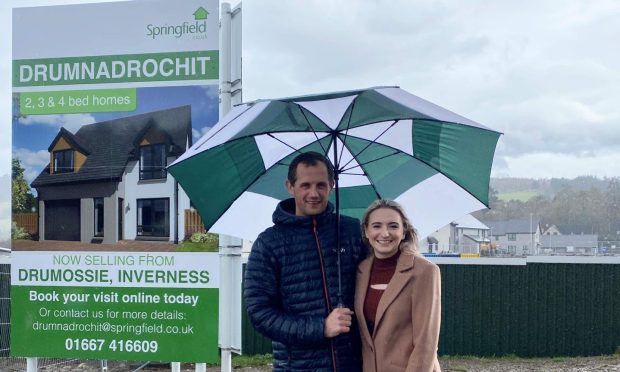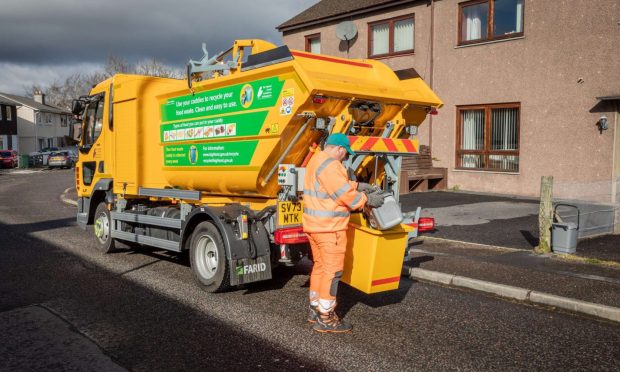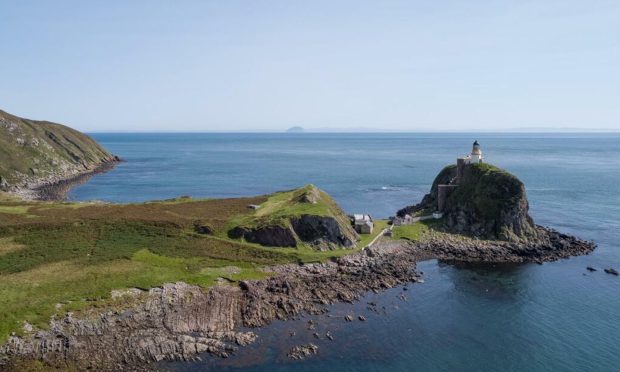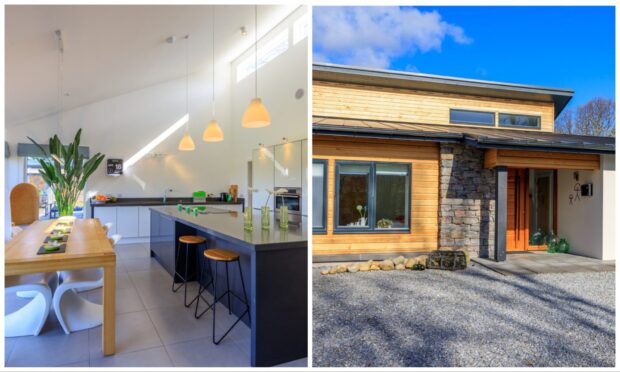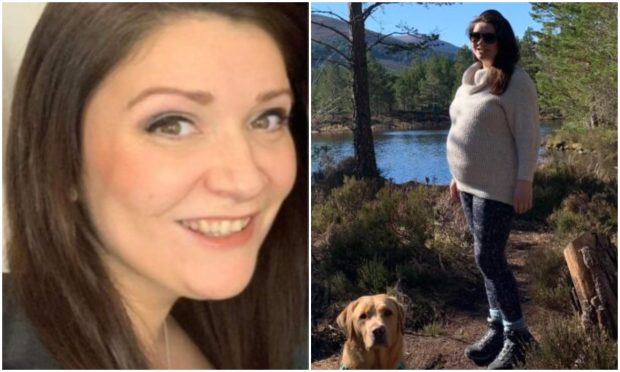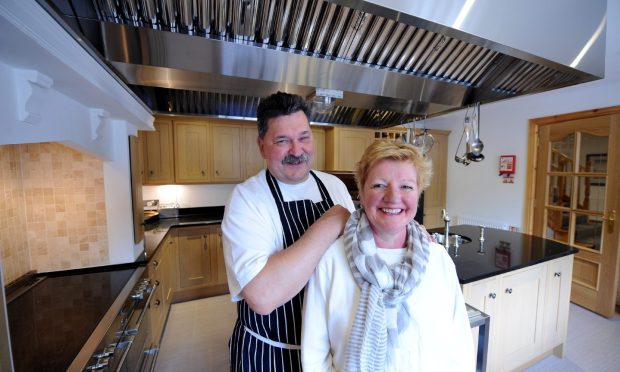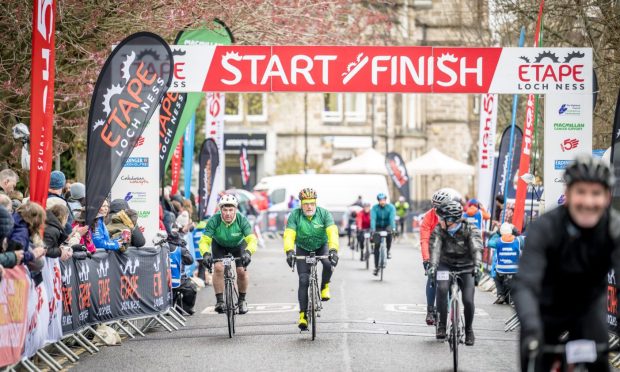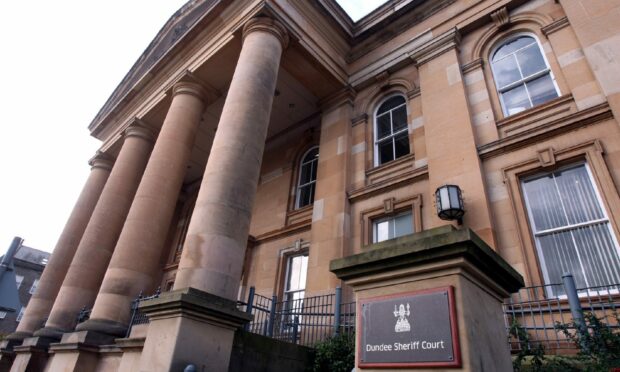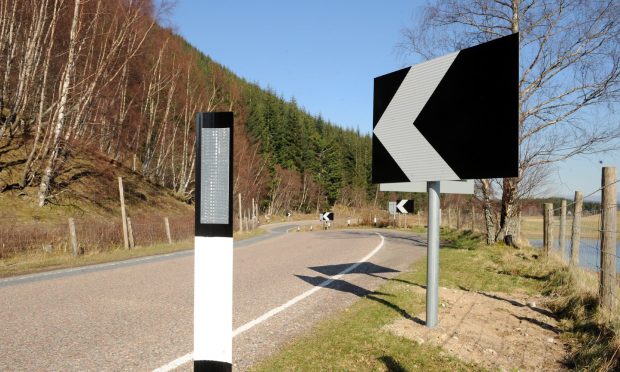Councillors have given the green light to a new layout at Inshes junction.
The notorious bottleneck has given transport planners a headache for several years.
The new plan is for a four-arm, signalised roundabout.
A proposal to include a link road to Drakies was scrapped after outcry from local residents.
Members of Inverness committee were lukewarm to the proposals in general.
Many pressed the point that no plan is perfect, but action is long overdue.
The £6.6m improvement plan will now move to formal planning.
What’s proposed?
The council ran a public consultation from June to October 2021, through a virtual portal.
Two options went to public consultation. Option 1 – the successful design – reduces the number of exits at Inshes junction from six to four. It also adds traffic light controls.
Garry Smith, who leads the council’s project design unit, said the existing six-arm roundabout doesn’t perform well under pressure.
It relies on motorists moving quickly forward in the traffic gap. A traffic light system gives everyone the opportunity to progress, he said.
The second consultation option proposed a separate lane for buses. The public rejected this plan, fearing that it would reduce the capacity for traffic overall.
Transport planners agreed, saying the preferred option gives a more reliable journey time for all users.
‘Rat run’ removed
The biggest bone of contention was the Drakies link. This would have connected Sir Walter Scott Drive at the ‘Eagle’ roundabout to the Drakies area.
However, local residents feared the Drakies estate would become a ‘rat run’, with a loss of green space and higher risk of accidents.
The report to committee said there were no supportive comments about the Drakies link plan, so it was scrapped altogether.
Reflecting on the consultation response overall, Mr Smith said many people spoke generally about the growth of the city.
They fear the explosion in new housing and development was putting too much strain on the city’s existing infrastructure.
Speaking at the committee meeting, Councillor Carolyn Caddick agreed.
“There are thousands of new houses in this area,” she said. “We have got to get these changes in sooner rather than later.”
Some members of the public felt the designs for Inshes junction were not ambitious enough.
There were suggestions for a flyover or a light rail system. Many also wanted to see separate lanes for pedestrians and cyclists to improve safety.
Ultimately, the council planners said these plans weren’t realistic for the site.
However, public feedback will refine the design as it moves forward.
No perfect solution
The proposed changes weren’t unanimously supported.
Councillor Andrew Jarvie said the focus should be on increasing capacity. Mr Jarvie feels the council is being over-optimistic with its emphasis on active travel.
Councillor Ken Gowans was concerned that motorists would face five sets of traffic lights coming in from the B9006, creating logjams.
However, Mr Smith said the lights would provide a more intelligent traffic system.
Ultimately, councillors took a pragmatic view.
Councillor Trish Robertson summed up the general mood. “This is not perfect but it is a solution to a very heavily used road,” she said. “These guys [the transport team] know what they’re doing.
“We need to go ahead, now.”
